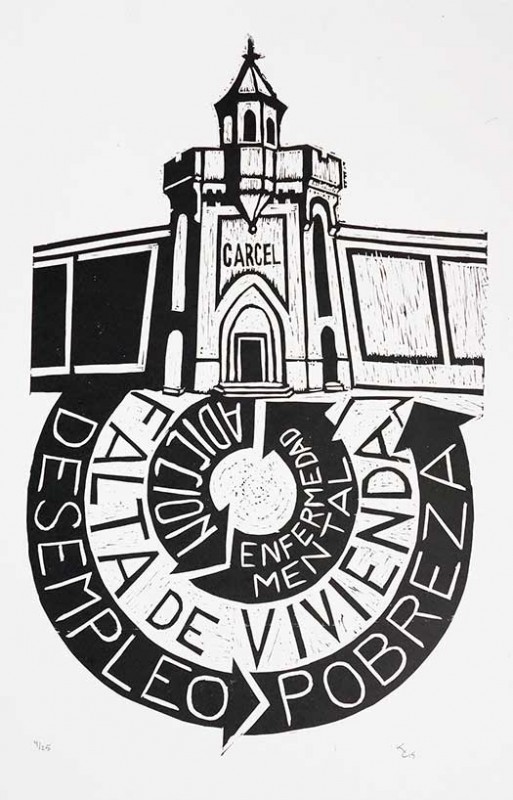I’ve referenced this graphic a few times in the last few days. I don’t remember where I came across it, I find it quite intriguing. It asks folks in the USA:
Using the density of Brooklyn as an example at about 35,000 people to a square mile, what state would we all fit into?

I nicked this from Strange Maps








Not sure I understand the point.
If it were true, where would we put the garbage? Where would we grow the food? Etc?
We might be able to all live in a state the size of NH, but is a state the size of NH large enough to sustain us?
I think this statistic provides a visual of the population of people living in the USA. Our impact so large and widely spread across the continent. Its stunning, to me, that the number of humyns living in the USA could fit in an area that small.
I live in Brooklyn, the density of people isn’t terrible, and the majority of the buildings don’t exceed 4 stories.
“Sustain” is a totally different question. It raises a lot of questions and needs clarification, such as:
What kind of living are we interested in sustaining?
Is it possible to institute a system that is sustainable?
It appears that the planet isn’t large enough to sustain the greed, growth, and wanton quest for resources of the current apparatus. Wars are fought for them, violence inflicted on nature and communities all around the world to “sustain” our lifestyles, currently. Is that sustainable?
as another brooklyn resident and environmentalist (over ten years) who’s also lived in “the country”, I’ve frequently had a conversation with rural friends about sustainability based on current populations, much less projected. Unless we’re willing to advocate a global die-off (I know some are, I’m not) creating environmental ways of living with city population densities is our only hope. I don’t mean replications of the current model, but sustainable densities.
I’ve been involved in urban land-trusts and I have close friends who still live on a rural land-trust clearly created as part of the (“white flight”) back to the land movement of the 70s, and even some of them admit that there’s no way we can spread small, ten-family (of any definition) house-holds across the US in 500-acre sections realistically. It just doesn’t “map”. Our romantic attraction to the rural idea is selfish and sentimental–it may be argued it is a literal creation of colonial and industrial thinking–but not sustainable.
I think this map is an excellent exploration of that. No map is a “one-to-one” ratio with the subject mapped–we can’t expect it to do more than “map” the parameters that create it.